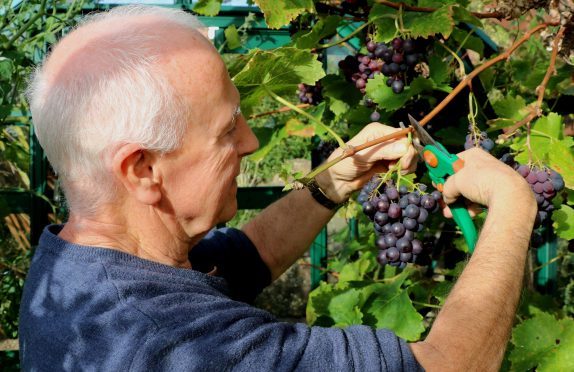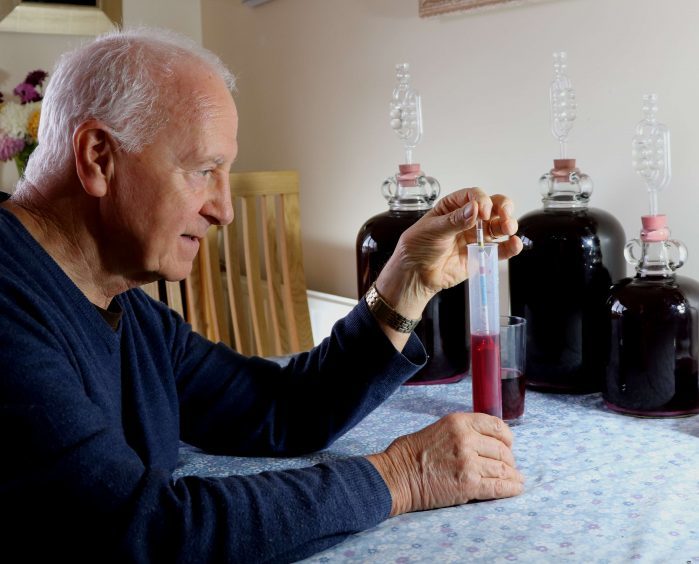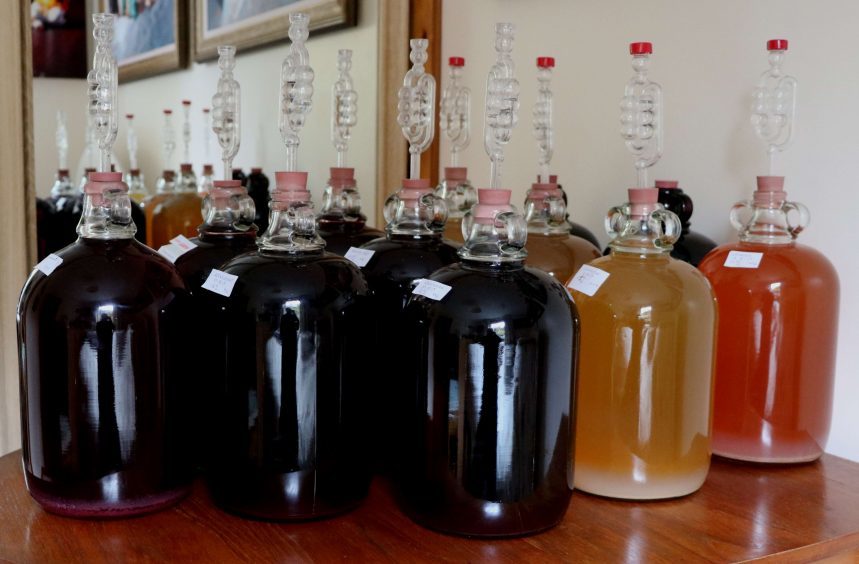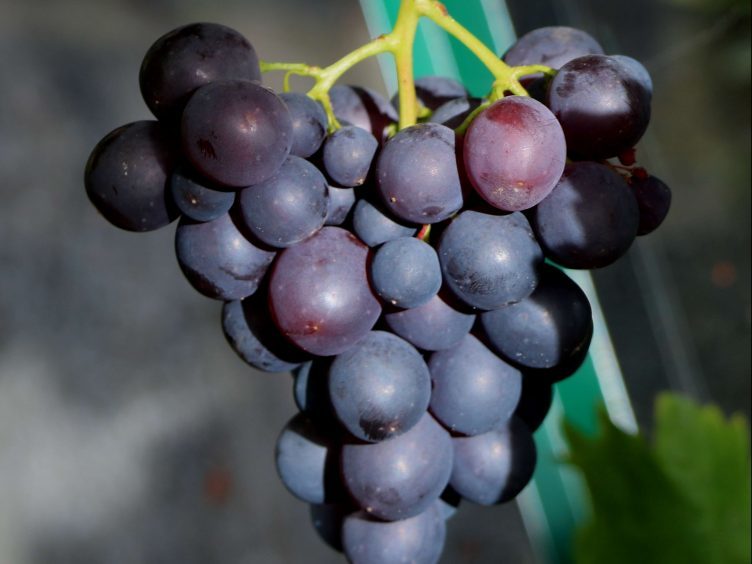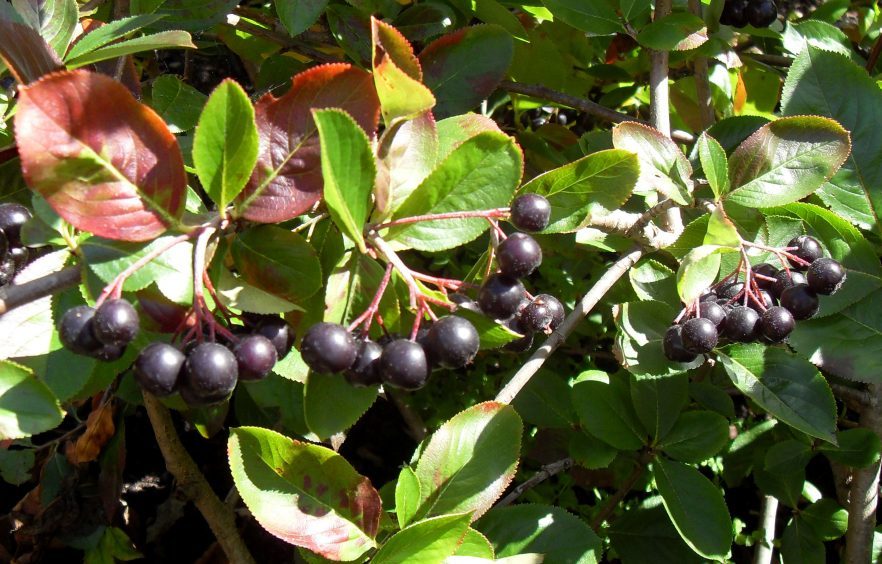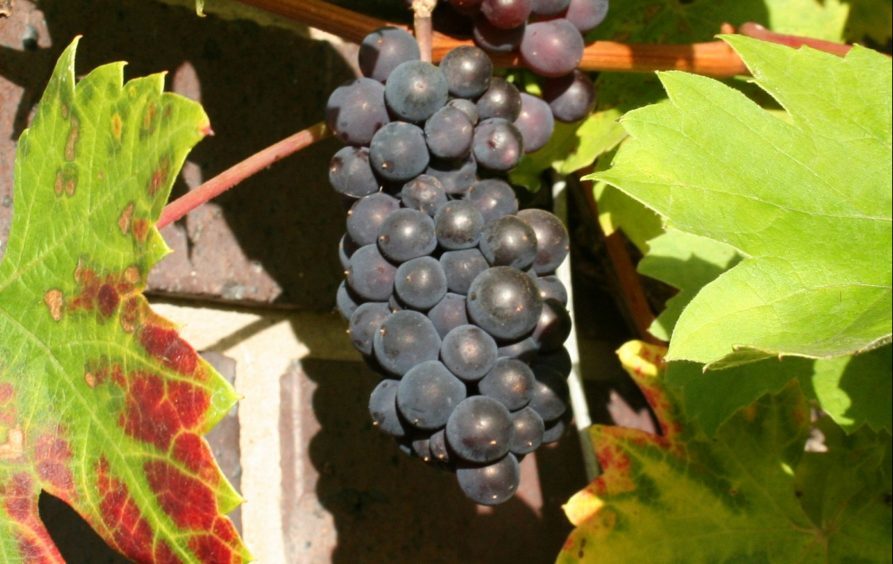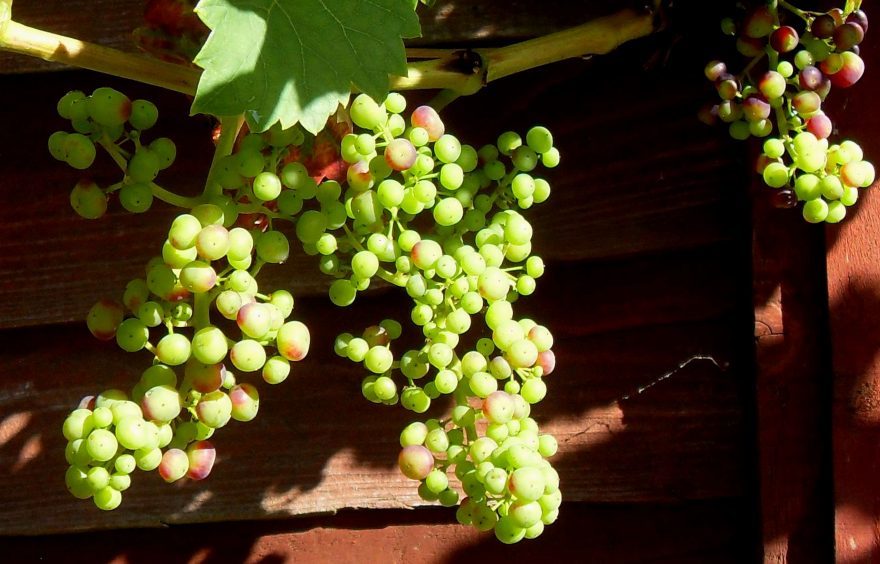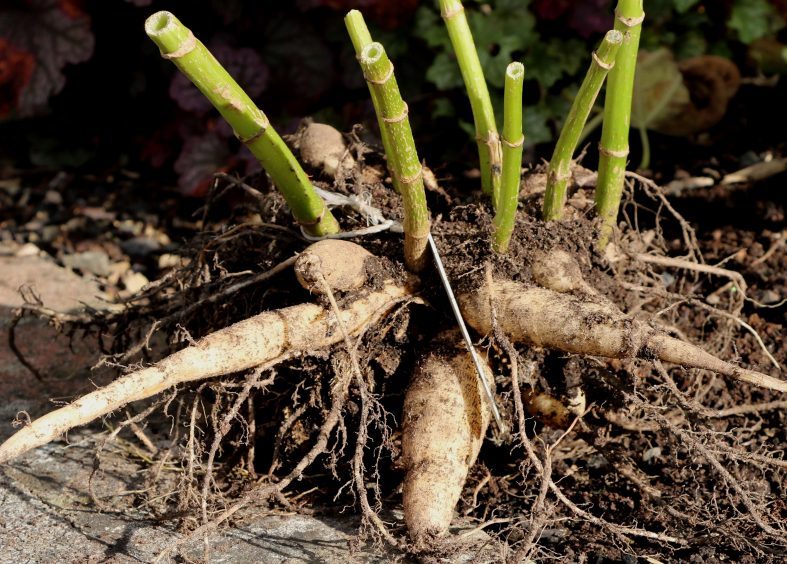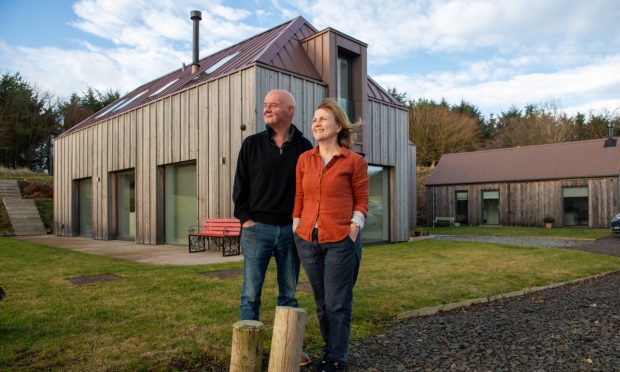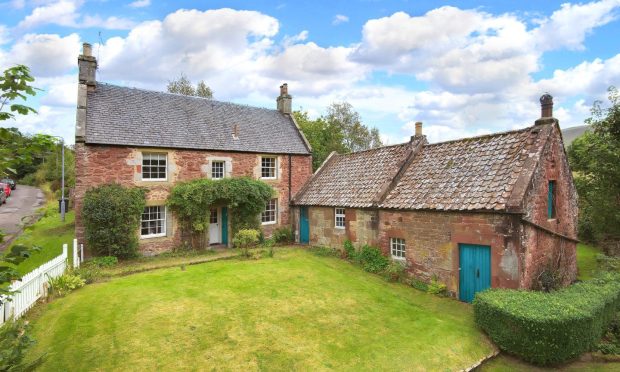In early youth, once you are old enough to sample a wee bit of alcohol you go over a threshold with a new experience that stays with you, but is forever changing as life evolves.
When you are still very young there are a lot of lessons to learn, like, men drink beer, old men drink whisky and women drink wine.
Way back in the sixties when the pubs shut at 10 o’ clock (later on it changed to 10.30pm) as it was too early to go home we went for a meal and as we learned to be posh we got a bottle of wine.
Following the fashion of the day, this would be Blue Nun, Mateus Rose, or even Liebfraumilch.
However, on a trip to Melbourne visiting family my hosts were horrified to hear I drank wine as I got told all Aussie men only drink beer.
As time marched on into the seventies, back in UK beer and wine consumption was not gender based and I got back to both beer in the pub, but wine with a meal.
I enjoyed wine but these were poorer times so there was a surge in home brewing where you could make your own tipple with a few demijohns, some home brew equipment and a bit of foraging for fruit, such as elderberries, apples and brambles.
Home brewing was very popular with shops stocking everything you need, then home brew magazines gave you the recipes and I even went to evening classes for wine making when I lived in Darlington.
As my few demijohns bubbled away, then settled down to clear, it was very difficult to contain your patience to leave the wine alone to mature so there was always a bit of early sampling.
Eventually the good times arrived and we could have a bottle of wine with our meal on both Saturday and Sunday.
Now that was living life to the full. However this was a learning curve, and not all fruit makes good wine so both the raspberry and strawberry went down the sink plus a few others.
There was only one answer, and that was to get an allotment and grow my own wine crops.
So I started with red currants, white currants, blackcurrants, gooseberries and apples, but had to have trips to the countryside to get my elderberries.
They all make fantastic wine, especially if you can lay it down somewhere cool for three years.
Moving on to more recent times, I now grow saskatoons and the chokeberry, Aronia Viking which is extremely high in antioxidants so it makes a great health drink with a wee kick and a fantastic flavour.
As the climate changes and Scotland gets a wee bit more global warming (I haven’t really noticed any difference, other than the summers are wetter and there’s not much snow in winter) now could be the time to see if we can grow grapes up north.
After trying many varieties my best bet has been Regent, Rondo and Brant which has small bunches, but are very sweet, juicy and black.
All of these fruits can be frozen for future use to spread out the work load and demand on demijohns.
All the normal fruit wines have great flavour, but need added sugar to boost the alcohol strength and once they come out of the fermentation bucket (4 to 5 days) I add some grape concentrate to add vinosity.
Modern yeasts can give quite high alcohol strengths, but I try to keep mine at 11 to 12% alcohol and ferment right out for a dry wine as this keeps the calories down.
However wines made from home grown grapes have to stand on their own merits so no additional grape concentrate, but we need more sunshine to encourage the grapes to produce more natural sugars.
This year my greenhouse Solaris and Siegerrebe picked in August gave a specific gravity reading of 1074 so needed some sugar to give a strength of 11% alcohol.
Similarly my outdoor grape Brant left till the end of October gave a similar reading so the yeast also needed a sugar boost, but my vine yielded 36 pounds of grapes so I got 2.5 full demijohns after racking off the sediment.
Now I just need to wait three years before sampling begins!
Wee jobs to do this week
Chrysanthemums will now be finished flowering and dahlias likely to get cut down by the first frosts so lift them both up for storing.
Chrysanthemums are labelled and boxed up to grow on slowly in a cold greenhouse, so keep them watered , but not wet, and keep a lookout for greenfly.
Dahlias are dried off and stored in a frost free shed in boxes. They do not need any soil.
